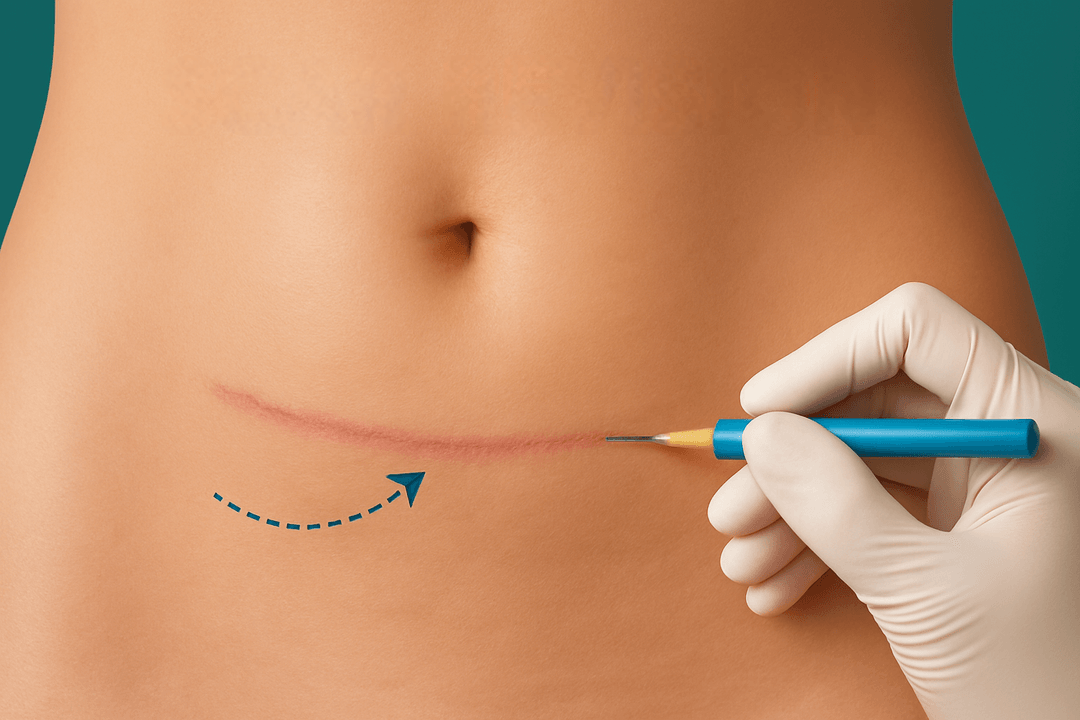Laceration Repair

Accidents happen — and when they do, 5280 Plastic Surgery is here to help. We offer expert laceration repair for both adults and children, whether the injury occurs at home, at work, or during play. Prompt and precise closure of cuts can minimize scarring and lead to better long-term cosmetic outcomes. Our office provides a calm, professional environment for treating injuries that require skilled soft tissue repair. Laceration repair is a surgical procedure designed to treat deep cuts or tears in the skin caused by injury or trauma. This procedure aims to close the wound, prevent infection, and restore the skin’s natural appearance. Laceration repair also focuses on minimizing scarring and promoting optimal healing. The procedure is typically performed under local anesthesia to ensure comfort. Laceration repair can be performed on any part of the body and is essential for restoring the skin’s integrity after injury.
Key Benefits of Laceration Repair
Laceration repair focuses on restoring clean, smooth skin edges and supporting ideal healing for the best possible cosmetic and functional outcome. Proper repair reduces scar visibility, lowers infection risk, and protects delicate tissue, helping the area return to a healthy, natural look. For facial or visible areas, precise closure techniques ensure a cleaner, more aesthetic result.
Restores clean, natural skin edges
Minimizes long-term scar appearance
Prevents infection and tissue damage
Improves healing and skin function
Maintains shape in delicate areas
Recovery After Laceration Repair
Healing starts quickly, but proper after-care is key. Keep the area clean, avoid tension or stretching, and follow wound care directions to prevent infection and reduce scarring. Stitches are usually removed within one to two weeks depending on the location. Redness and swelling fade with time, and scar quality continues improving over weeks to months.
Keep wound clean and dry
Avoid stretching or pressure applied
Mild swelling and tenderness normal
Follow suture-care instructions closely
Apply scar care products once healed
Stitches removed in 5–14 days
FAQ
Frequently Asked Questions
Will there be a scar?
Any cut can scar, but proper repair greatly improves the final appearance.
When are stitches removed?
Typically 5–14 days, depending on the area and depth.
Can I get the wound wet?
Keep it dry for the first 24–48 hours, then follow surgeon instructions.
What if the cut is on the face?
Facial repairs are done with extra precision for minimal scarring.
Do I need antibiotics?
Sometimes, depending on the wound type and infection risk.
Minor Procedures
Get Consultation
Contact Us
We will get back to you as soon as possible.
Please try again later.

Get a Free Consultation
We invite you to come discover why we are the leading destination for luxury cosmetic care in Denver


